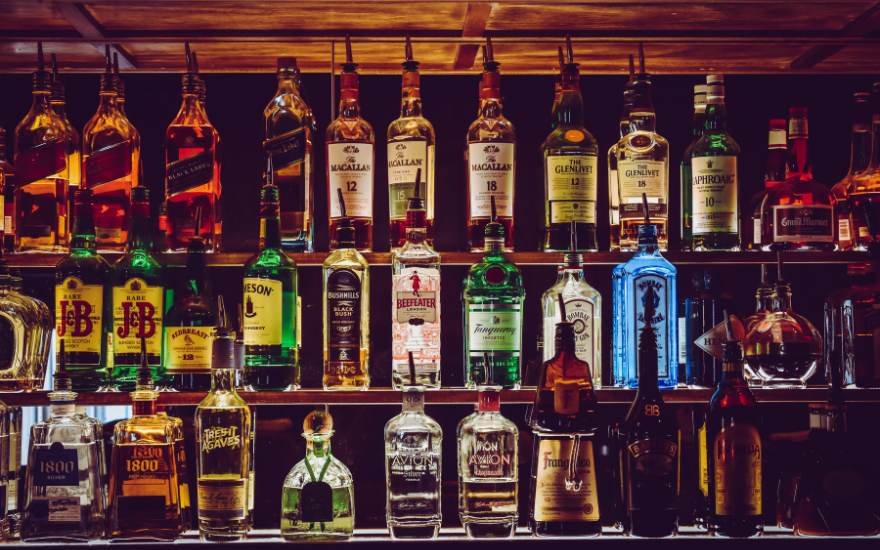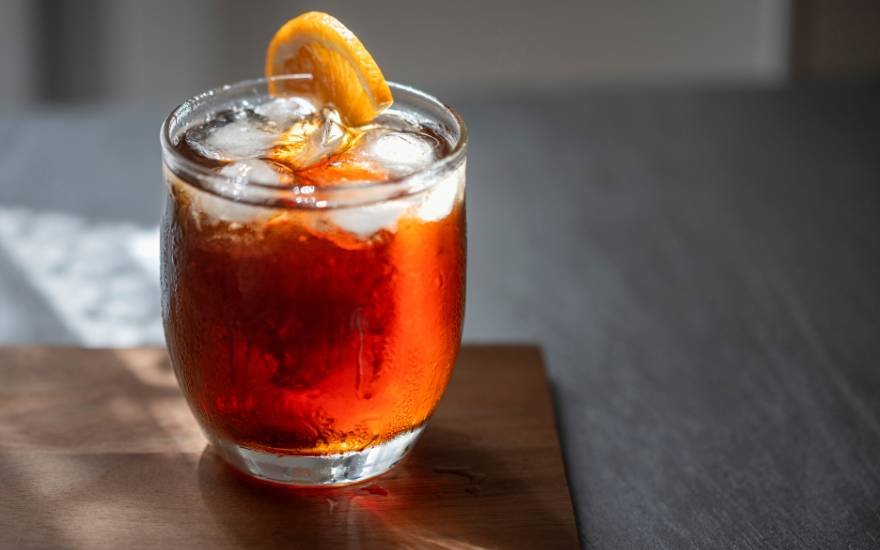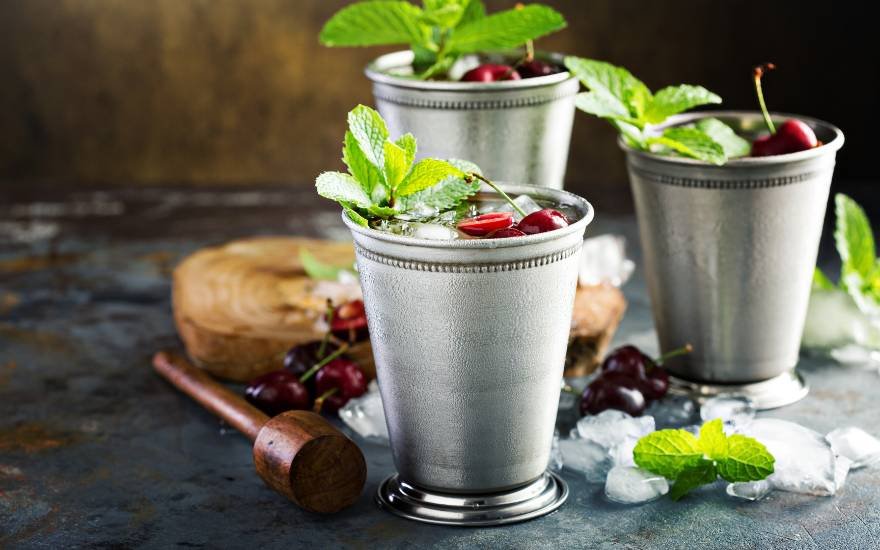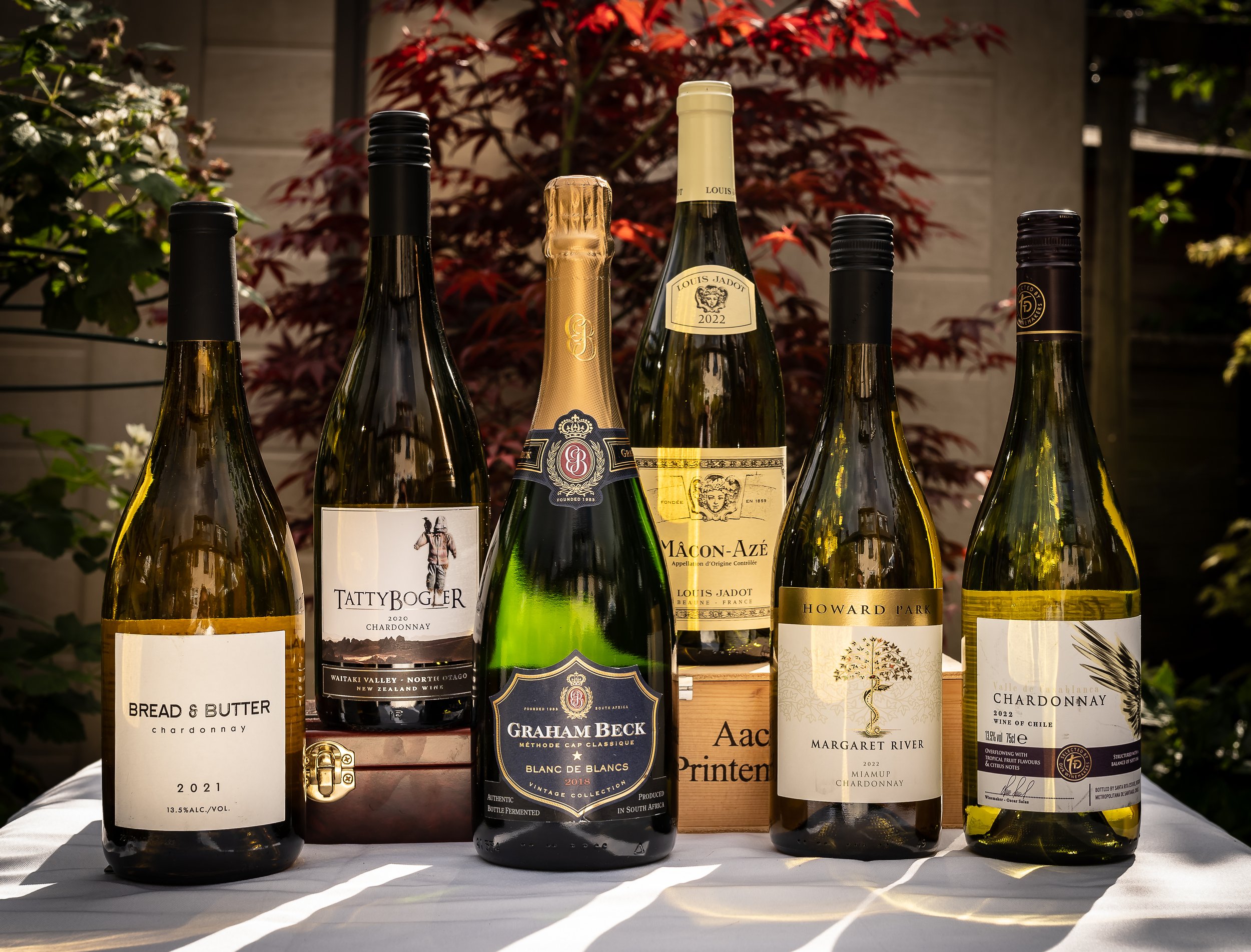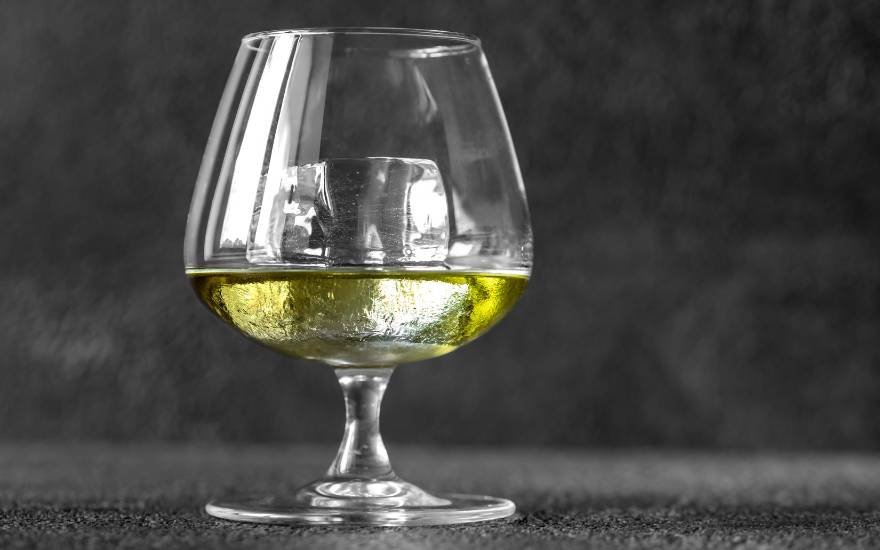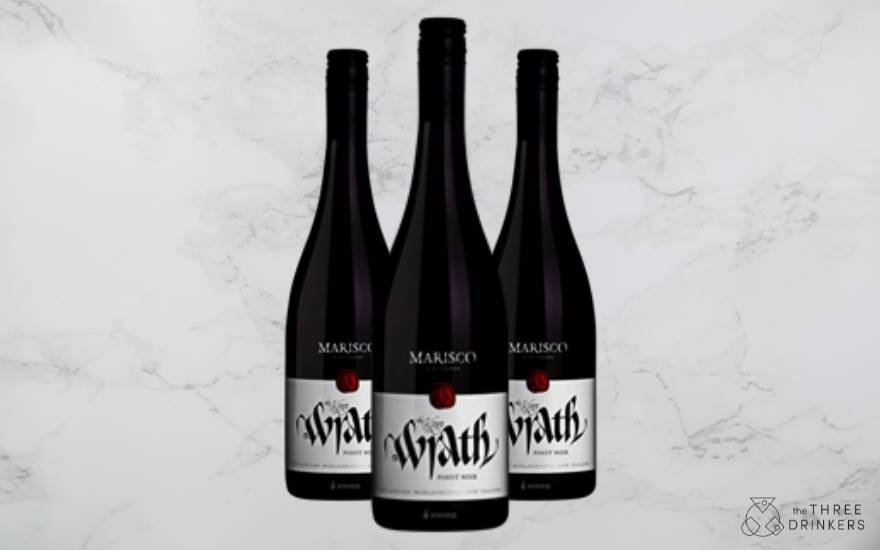Let’s talk about Mezcal - the world's fastest growing spirit! One of Mexico’s most epic exports! A spirit drenched in history, ancestry and rich, deep culture! Mezcal is more than just a spirit in Oaxaca, Mexico (where about 80% of the stuff is made), it’s a way of life. Bottles of Mezcal grace every dinner table at every family gathering; it flows freely in restaurants and even sits as an offering on the intricate altars that honour lost loved ones every year during Dia De Los Muertos.
For only a few years now, Mezcal has been drip-fed to the western world. As the collection of expressions, agave styles and regions has fallen into the hands of bartenders, so has expanded the diverse array of cocktails sprouting up in the world’s most high end joints every other day. However, what do the master distillers behind Mezcal brands think about these mixological delights? Well, it is not an uncommon answer to receive something along the lines of: “I like the cocktail. I’d rather just drink the Mezcal.”
Great Mezcal should be ‘sipped with kisses’, just like one might enjoy a fine single malt - no lime and salt in sight! Mezcal is traditionally served at room temperature, and when enjoyed the right way, might open your mind to the huge variety of spirit styles that can be created from the over forty agave species that are distilled into Mezcal! Most - but not all - Mezcal have a smoky, vegetal and herbaceous quality, but the final product comes down to the style, agave species, region and choices made by the distiller, or Maestro Mezcalero.
There’s a Mezcal for every occasion. We’ve collected ten Mezcals perfect for sipping. Sit back, relax, and delight in the wonders of the ancestral agave spirits of Mexico.
Quiquiriqui Espadin
Handcrafted and made to order, Quiquiriqui (try saying that three times fast) is a shining, affordable example of what family run, artisanal Mezcal has to offer. Espadin is the most common agave variety to be found in Mezcal, and offers vegetal, woody and peppery notes to the final product. The fibres of the plant are cooked in huge stone pits and then crushed with a Tohana - a huge stone wheel - which is then fermented and distilled. What we’re trying to say is, Mezcal takes an incredible amount of work, attention to detail and effort, and Quiquiriqui provides a fantastic place to start on your Mezcal neat sipping journey.
Size: 700ml
ABV: 45%
Find here: £36
Lost Explorer Espadin
The Lost Explorer harnesses the power of travelling through alcohol. When you sip the gently smoky liquid from Oaxaca, you are transported, at least in part, to the place and time that it was made. With Mezcal, the flavour emerges from the soil, the terroir and biodiversity of the region, not to mention the eight years it takes for Espadin agave to reach the required maturity to make Lost Explorer Mezcal. Lost Explorer helps promote biodiversity by planting three new wild agave for each plant they harvest.
Size: 700ml
ABV: 42%
Find here: £62.65
Koch Tepeztate
Tepeztate Agave takes a whole 15 years to reach maturity. That’s 15 whole years before Koch can even begin to cook, ferment and distil the heart of the plant to make their deliciously herbaceous and floral Mezcal. Hailing from the region of San Baltazar Guelavila in Oaxaca, Koch El Mezcal considers their liquid offering to be an art form, and when one considers the historic value of Mezcal, it’s hard to disagree with them. Enjoy sipping this agave spirit knowing that those that create them are dedicated to the survival of the niche agave plants they use, and the biodiversity of the soil in which it grows. Densely smoky, oaky and brimming with herbaceousness.
Size: 700ml
ABV: 46.8%
Find here: £52.91
Picaflor Espadin
A celebration of the Hummingbirds role in the pollination of Agave Espadin, Picaflor exclusively uses this agave varietal. Distilled in copper pot stills and completely unaged, this Mezcal offers everything and more that one may want from a Oaxacan Espadin. Expect mild smoke, tropical fruits and citrus. Picaflor operate with a “hand to hand” philosophy, meaning the bottle travels from producer, to distributor, to consumer with as little alteration as possible. What you find in and on this bottle is as you’ll find it in the San Luis Del Rio region of Oaxaca, Mexico.
Size: 700ml
ABV: 42.9%
Find here: £40.81
Don Amado Mezcal Rustico
Distilled in Oaxacas highlands, Don Amado is crafted by the Arellanes family, who have been producing Mezcal for well over 300 years. This Mezcal is steeped in tradition and boasts a generational craftsmanship that makes this both complex and approachable. This particularly ashy, nutty Mezcal is fantastic served neat. The Agave Espadin is slowly roasted in firewood embers and distilled in traditional clay pot stills. They’re notoriously difficult to maintain, and make some of the finest spirits one will ever come across.
Size: 700ml
ABV: 47%
Find here: £64.49
Mina Mezcal Blanco
Mina really sets itself apart from other Mezcal by way of its production method. A truly sustainable product, Mina is cooked in a brick kiln that doesn’t require any firewood to fuel, and yet still boasts pronounced smoke and vegetal, earthy aromas. A true triumph of both modern and traditional techniques makes this Mezcal a unique sipping experience, but also provides a real ethical choice. Despite being bottled at 46%, this Mezcal is smooth, lightly citrusy with a chocolate finish.
Size: 700ml
ABV: 46%
Find here: £45.49
Casamigos Mezcal
You’ll find most Mezcal comes from a long line of family-run distilleries, producing the finest of liquids using traditional techniques passed down through the bloodline. Casamigos is a 5th generation Mezcal, and the agave cooks for a whole 6 days in a pit of volcanic rock making for a particularly smoky, peppery flavour profile. Celebrity inclusion is a source of controversy in the world of agave spirits, but George Clooney’s faith in this distillery has proven not only profitable, but propelled a fantastic family led Mezcal into the global market.
Size: 700ml
ABV: 40%
Find here: £62.45
Del Maguey Vida De Meurtas
Produced in the small single village in the beautiful town of San Luis Del Rio, this limited bottling celebrates the ancestral traditions of Dia de Los Muertos (Day of the Dead) and is dense with rich berry notes, spice and red chilli. In their own words - “A perfect choice for those who wish to explore a mezcal that unites tradition with moments of reflection and festivities” - we couldn’t agree more! Celebrate the life of the dead today with this delicious sipper.
Size: 700ml
ABV: 45%
Find here: £48.31
Sin Gusano Espadilla and Papalome
With different agave varieties comes endlessly unique expressions of Mezcal, this blend is mostly Espadilla Agave, but also uses 10% Papaolome in the roasting and fermentation. It has that complex quality one tends to get from traditionally clay pot distilled Mezcal, and, fascinatingly, the distilled spirit is condensed down in a hollowed out tree trunk before being bottled for your sipping enjoyment! Expect a delightfully mellow, minerally spirit with chocolate and citrus peels.
Size: 500ml
ABV: 45.8%
Find here: £50.59
Dangerous Don Joven
This award winning Artisanal Mezcal has one goal in mind - bringing people together! Mezcal is a communal experience in Oaxaca, something to be enjoyed with those you love, and Dangerous Don provides the perfect vessel for an evening with those who mean the most to you. In a male dominated industry, Dangerous Don is proudly female run and owned, and has a commitment to supporting the family led traditions of Mezcal. Richly aromatic, smoky and vegetal.
Size: 700ml
ABV: 45%
Find here: £49
You’ve learnt a lot about sipping Mezcal, now, what to mix it with? Why not check out these Six Stunning Margarita Variations.
By Miley Kendrick













